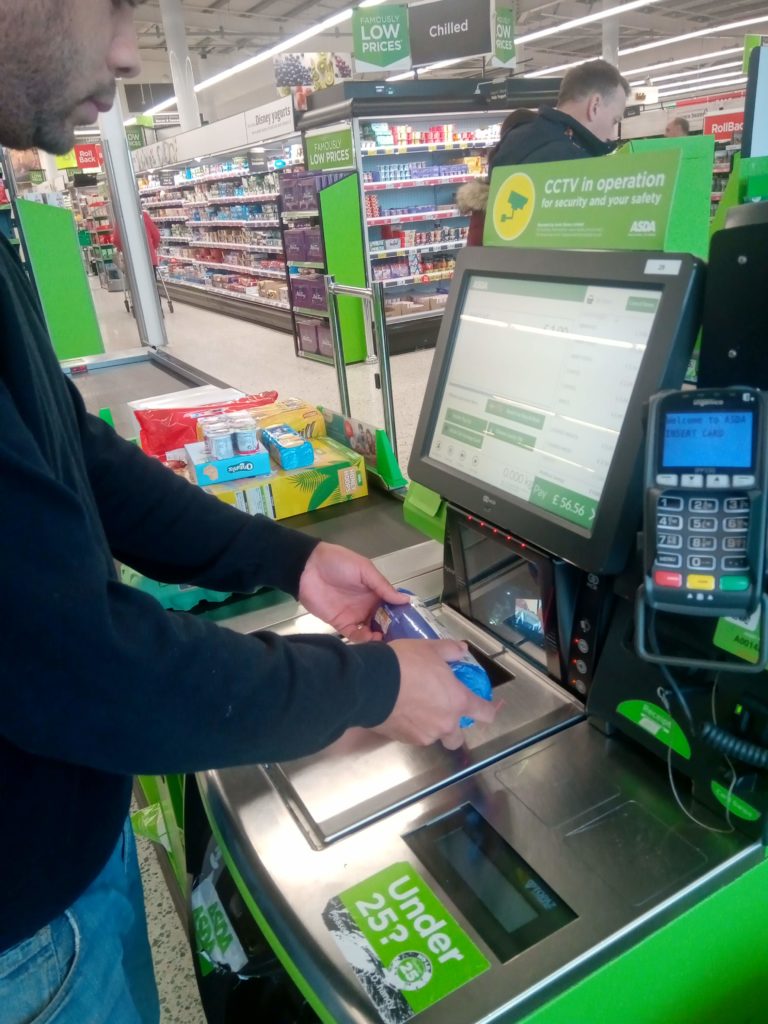
Used this self scan at @asda today to buy 50 items. Between my slowness and the software lag we counted 12 customers served in the same time it took me with roughly same or bigger trolley. Not quite the future of retail yet #retail #retailtech
Transformation: making a ruckus

Used this self scan at @asda today to buy 50 items. Between my slowness and the software lag we counted 12 customers served in the same time it took me with roughly same or bigger trolley. Not quite the future of retail yet #retail #retailtech
There are only three states of any business:
The first means close up shop so that’s assume that isn’t us.
Option two is where most cultural organisations sit and should be the initial focus for everyone. Either generate enough money to cover your running costs before your reserves or line of credit runs out and/or reduce your running costs until money in/out match. Its not the most comfortable place to be but perfectly respectable. Most of the folks I meet have 2-4 years to get to this magic number. A commercial business would have 90-180 days. Apply the 80/20 rule. where you apply 80% of your focus on the 20% that will offer the best way to get to the magic number. For example 20% of our retail products deliver approx 80% of our revenue. Same with venue hire customers.
Once you are able to meet budget you can then consider option three generating a surplus. Option’s two and three should be running in parallel where possible (see my thoughts on Scale elsewhere). Option three is about using any surplus to build the future – reserves, continuous improvement (that lead to further surplus of money or resource) and enabling activity not possible under the other conditions.
Most folks in the sector don’t write a business plan to know which of the three states they are in. Write it down. Use Seth Godin’s “The Modern Business Plan“.
Wednesday 23 October 2019
Title: The Changing Retail Landscape and how to succeed
To succeed you must be inspiring, innovating and trying new things all the time. Examples of three business doing this well are Harrods, Fortnum & Mason and Primark. Two words for success: “Be relevant”.
Ask yourself and your business to write four bullet points to show why you are relevant e.g:
Homework
His book is Almost is Not Good Enough ISBN 9781911195641
At work we sell approx 50 types of goods or service. We sell goods in our shops for example and our services include permitting, steam train rides, educational workshops and much more. Transactions none the less. I regularly get asked how to start a new revenue stream. For me the answer is simple for a good proportion of the time: Start by selling goods or services that people are already asking us for. Simple.
Case in point are the studios at M Shed. The original purpose was for the delivery of education activity. When not in use, staff would use the space for internal activity, meetings and the like. There was wriggle room for different uses. Any use that wasn’t the original intention or primary purpose I call a “by-product”. Sometime during 2015 we started to get enquiries for hiring a space that was smaller than our event suite. The event suite on the top floor was originally the only space for hire. We soon agreed with the learning team that they and us would both have access to the booking diary and use the space for education or private hire aka a new by-product. Every year since 2015 we have seen growth in the booking of this space which generates something like 5% additional revenue at this point. We didn’t transform or innovate, we simply responded to a user need and make a healthy stream of revenue.
What are people asking you for that perhaps could be the start of tens of thousands of pounds?